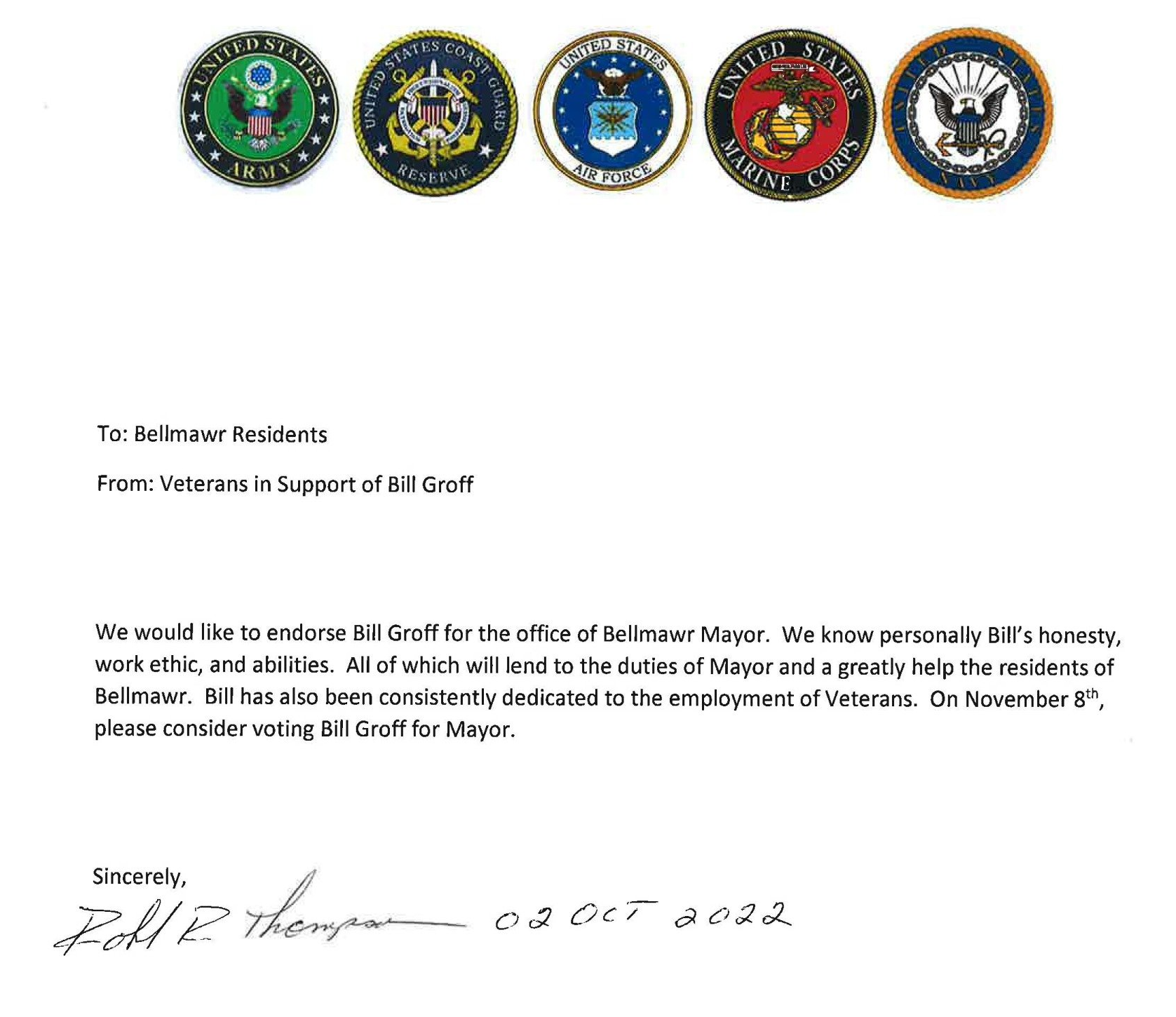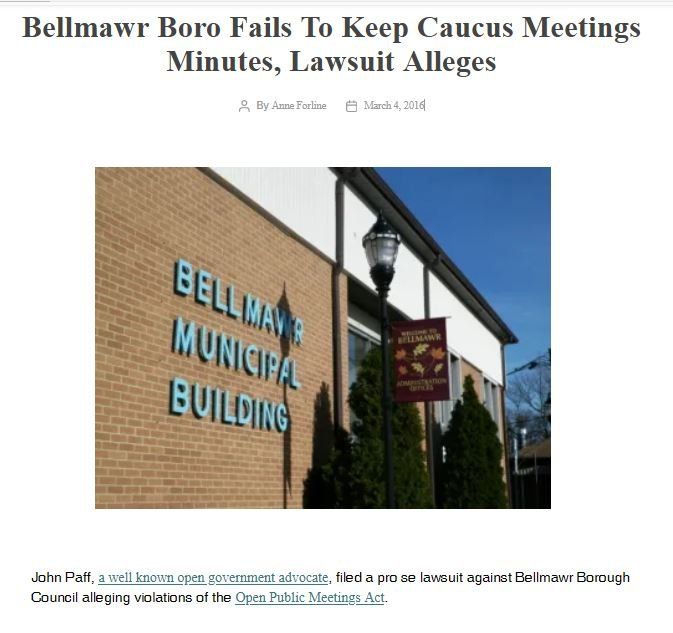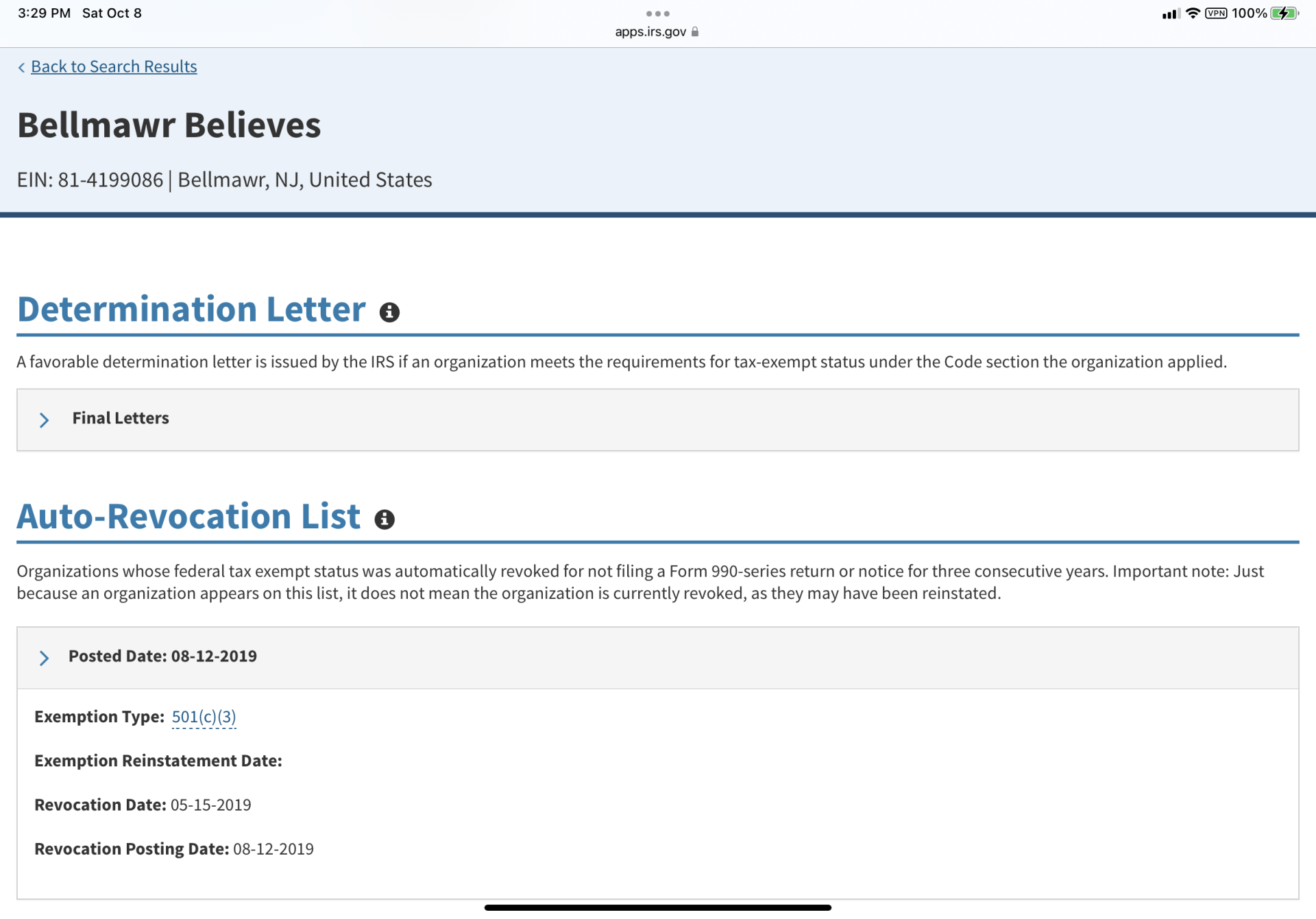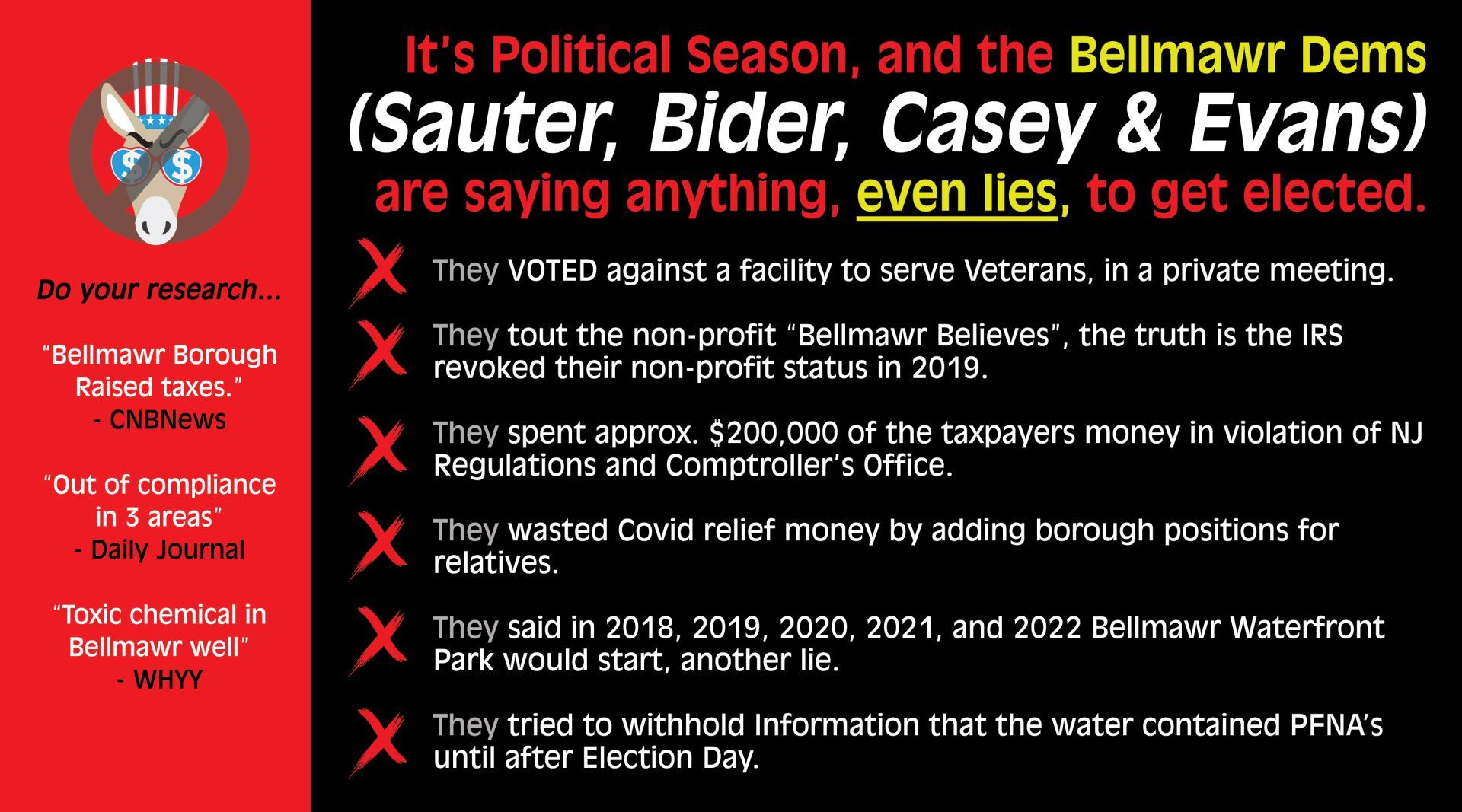

Let’s look at attendance of Council Meetings (elected officials)small case study since 2020:
Councilman Casey absent 7 times (approximately 23%) Council Evans absent 2 times (only one year in office) (approximately 22%)
We will also state that most of the current elected council members did not attend Council Meetings prior to being elected/nominated to office. There may have been a rare occasion of attendance but certainly not a prerequisite to election.
*based on Council Meetings 11 per yr, July due to vacations is skipped
The FACTS & EVIDENCE are below...
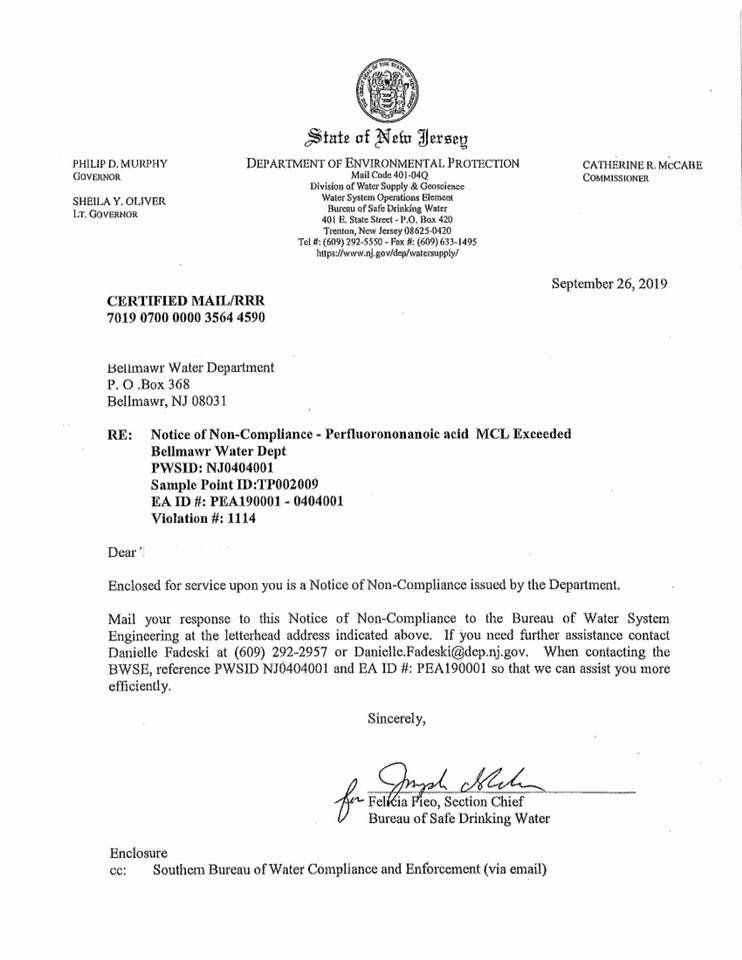
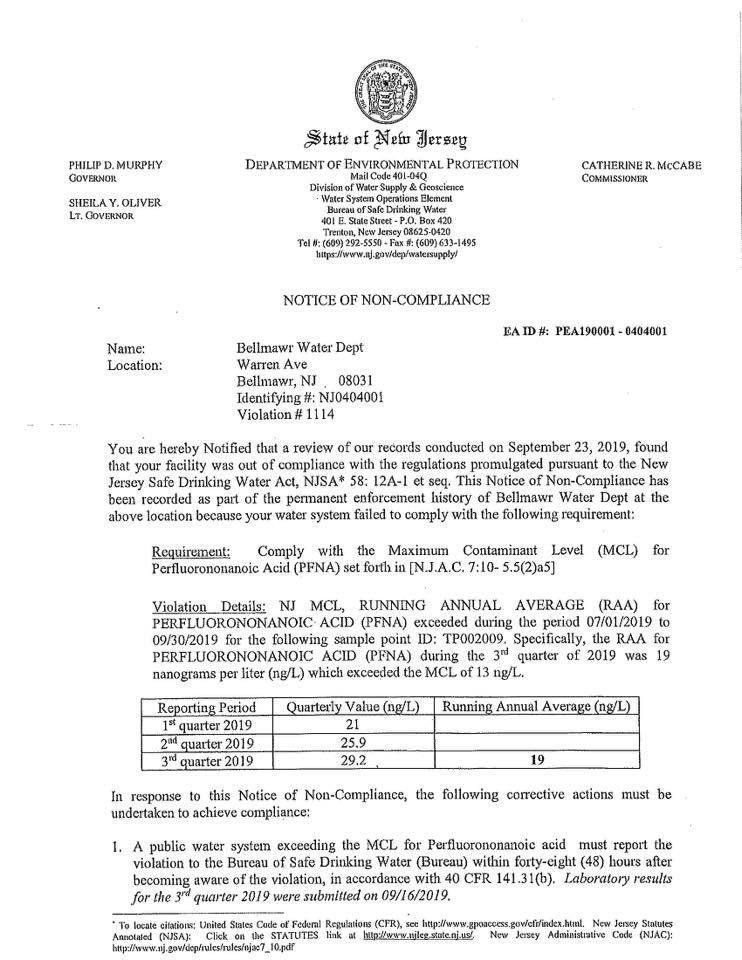
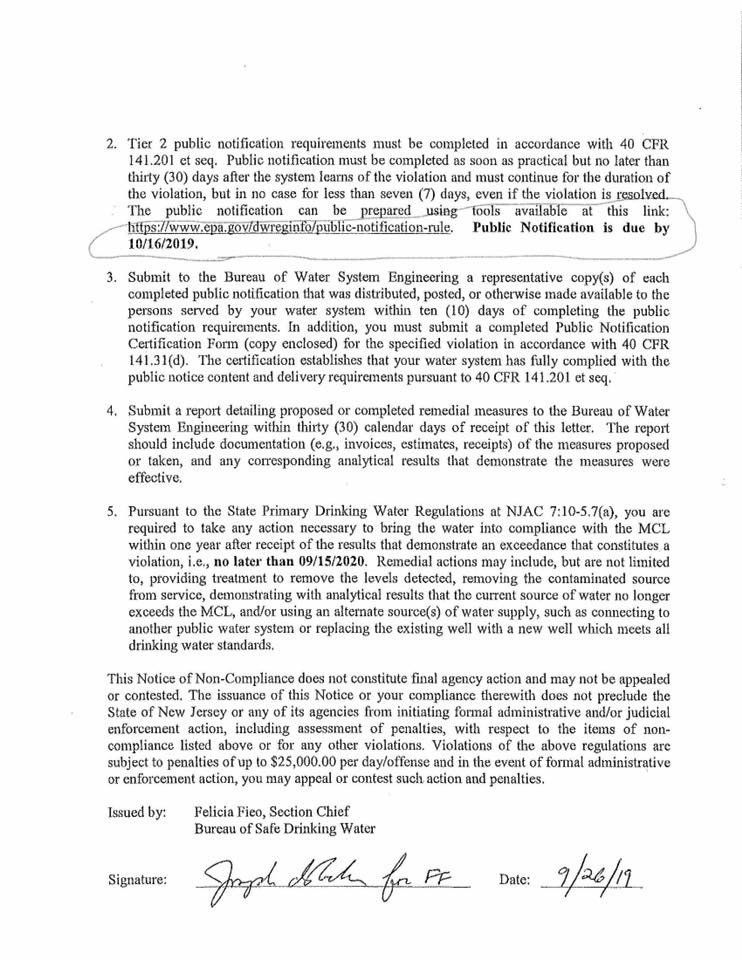
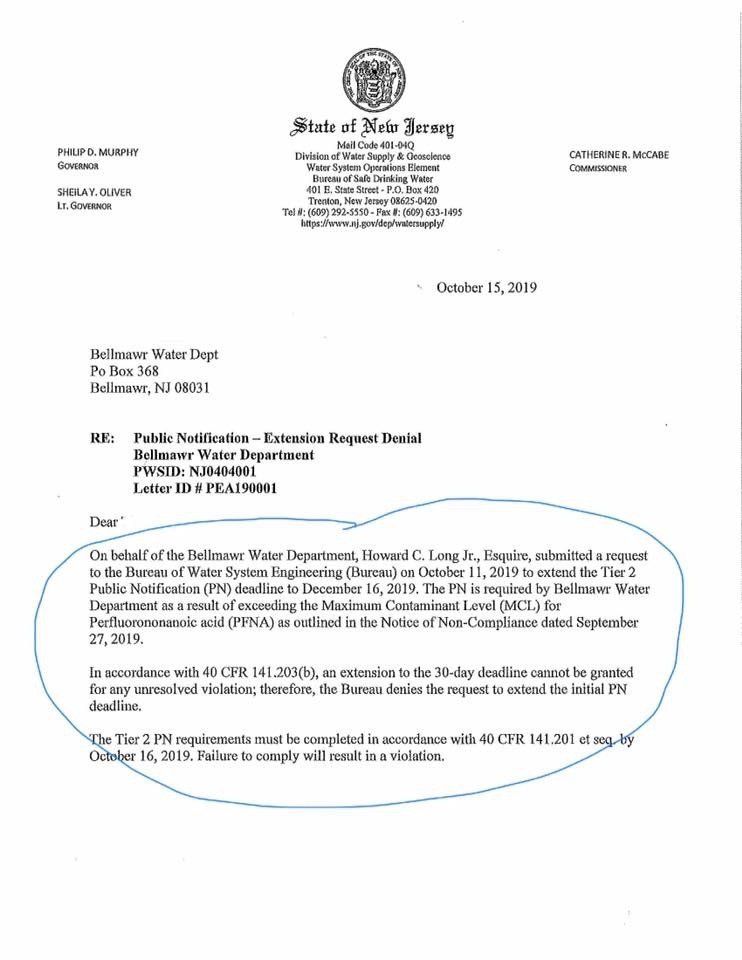
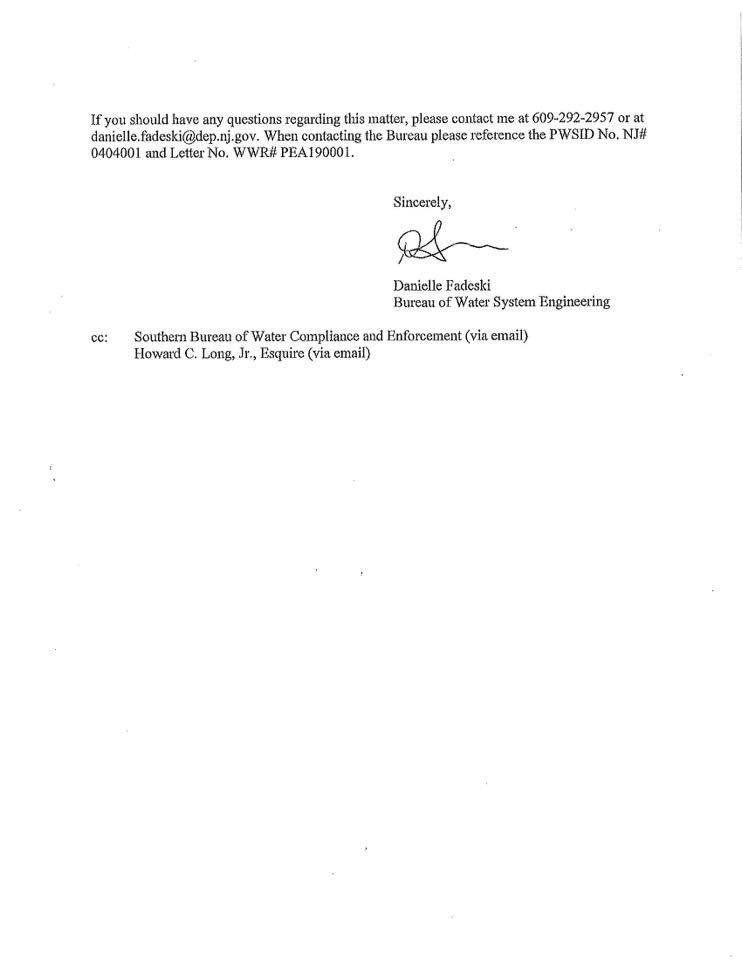
New Data Shows Gloucester City Property Taxes Increased by 3.9%; Brooklawn Taxes Went Down
Wednesday, August 17, 2022
TRENTON, NJ (August 16, 2022)(CNBNewsnet)--A recent article by NJ1015.com revealed that Gloucester City property taxes increased by 3.9%. Once again, Brooklawn's taxes went down. Many of the poor towns across Camden County also saw a tax increase. Lindenwalk's taxes rose by 14.8%
• Audubon Borough Avg. tax bill '21: $7,379 | 1-year change: 1.1%
• Audubon Park Borough Avg. tax bill '21: $2,695 | 1-year change: 2.8%
• Barrington Borough Avg. tax bill '21: $8,640 | 1-year change: 1.9%
• Bellmawr Borough Avg. tax bill '21: $6,521 | 1-year change: 1.5%
• Berlin Borough Avg. tax bill '21: $7,745 | 1-year change: 0.7%
• Berlin Township Avg. tax bill '21: $6,810 | 1-year change: 0.4%
• Brooklawn Borough Avg. tax bill '21: $4,287 | 1-year change: -2.8%
Bellmawr Borough: Out of compliance in three areas.
An informal policy of allowing payment for annual unused sick leave does not comply with the 2007 law, even though the text of the borough policies and procedure manual does comply.
Union contracts do not comply with the 2010 law on accrued sick leave payments. One contract allows it at times other than retirement and may exceed the limit for employees hired after May 21, 2010. Both contracts allow payment for annual unused sick leave for employees hired after May 21, 2010.
Bellmawr, New Jersey to close one of two water supply stations due to dangerous chemical
BELLMAWR, New Jersey (WPVI) -- Mark Sharp has been a resident of Bellmawr, New Jersey for 30 years and he is not holding back his concerns about the drinking water.
"We are taking precautionary measures, we are not drinking the water at this point because we want to know for certain that there are no dangerous chemicals in the water," said Sharp.
Recently, the Borough alerted residents the water was contaminated. Sharp and others want elected officials to be transparent about the concerns.
"Get out in front and center and fully explain it to the residents. You can't just do it by memo form," said Sharp.
· Potentially harmful chemical found in drinking water for 7.5 million people: Report
Borough leaders sent out a notice alerting the public about the water being contaminated with a dangerous chemical called PFNA, which is used to make Scotchguard, firefighting foams and other products.
The notice says the contamination is not an emergency. It says nothing needs to be done and adds, residents, don't need to boil their water or take other corrective actions.
Despite the reassurance, many are still not taking chances.
"I think it has been in the water for a long time. They just came up with a test for it so, whatever is happening is already happening," said James Trout, a Bellmawr resident.
The borough is serviced by two water treatment facilities. The impacted Warren Avenue facility has been shut down and officials say residents will be receiving water treated at the facility that has not been contaminated.
Those living nearby, say the alert appears to be sufficient for their friends living in Bellmawr.
"Nothing says that they should not drink the water. So, it's not stopping them from drinking the water but some of my friends have bought like cases of water just to keep it safe and they will boil it if they need to," said Lori Giron, of Mt. Ephraim.
Bellmawr leaders say in September they were notified that a water sample from August exceeded the standard levels for PFNA. They are now working to correct the problem and say residents shouldn't notice any changes to their service. Residents will be on alert until the all-clear is given.
Leaders say the water is safe to drink. Many living in the area speculate that the chemical seeped into the water from a nearby chemical plant but officials will not confirm that. It has 30 days to report back to the state.
More helpful information:
Toxic chemical in Bellmawr well topped N.J. health limit for a year, officials say
Residents of Bellmawr spent the last year drinking water from a public well that was contaminated by a toxic chemical at levels beyond state health limits, the mayor of the Camden County town said. Mayor Charles Sauter sent a letter to homeowners Wednesday saying that tests in August on one of the town’s two wells detected perfluorooctanoic acid (PFNA) — one of the PFAS family of chemicals — at 19 parts per trillion (ppt), exceeding the state’s Maximum Contaminant Limit of 13 ppt.
Sauter’s letter said the average level of PFNA over the last year at the Warren Avenue well has been 19 ppt, while the community’s other well, known as Leaf & Bell, showed the chemical within the limit set by the state Department of Environmental Protection.
The water sample that exceeded the health limit was taken on Aug. 13, and the results were communicated to the borough by the DEP on Sept. 26, the Mayor’s letter said.
“In an abundance of caution,” the Borough of Bellmawr has ordered the Warren Avenue well shut down until more tests are done and a permanent solution to the contamination can be found, the letter said. Meanwhile, all customers are being supplied from the Leaf & Bell well, and their water supply will not be interrupted.
“This is not an emergency. If it had been, you would have been notified with 24 hours,” Sauter wrote.
Health risks associated with chemical
He said residents don’t need to boil water or take other corrective actions, but warned that infants, the elderly, pregnant women or those with severely compromised immune systems who drank water from the tainted well may be at increased risk, and should seek medical advice about the best sources of drinking water.
Sauter wrote that people who have drunk water containing the chemical at above the state MCL for many years could experience problems with liver, kidney, immune or reproductive systems. Children born to women with long-term exposure to PFNA may experience developmental delays, he said.
The federal EPA says exposure to different kinds of PFAS chemicals can lead to cancer (in the case of PFOA), thyroid hormone disruption (for PFOS), as well as low birth weights and immune system effects.
Borough officials did not return calls seeking comment on why the public was not informed sooner, why the average PFNA level in the well exceeded the health limit for the last year, or how they plan to resolve the contamination.
The DEP, which has become a national leader in regulating PFAS chemicals, adopted the PFNA limit in 2018 after state and federal surveys showed the chemicals in many New Jersey water systems. In 2014, the DEP reported that 10 kinds of PFAS chemicals were found in two-thirds of 33 water systems tested across the state. The department is now in the process of adopting strict limits on PFOA (perfluorooctanoic acid) and PFOS (perfluorooctane sulfonate).
Contamination also found nearby
In 2013, PFNA was found in the South Jersey town of Paulsboro at 150 ppt, more than 10 times the state limit, and more than twice the benchmark recommended, but not required, by the EPA .
PFNA and other PFAS chemicals are known as “forever chemicals” because they do not break down in the environment, and persist in some water systems long after their industrial use has ended.
Different kinds of PFAS chemicals were used in consumer products including nonstick cookware and flame-resistant fabrics, starting in the 1940s. Their use has been phased out by U.S. manufacturers but they may still be able to enter the United States in goods imported from countries that still use or make them.
In response to the Bellmawr contamination, the DEP sent a non-compliance letter to the town’s water department in late September, requiring it to notify the public; report to DEP on how it plans to bring the water system back into compliance with the health limit, and to make the changes within a year.
Jeff Tittel, director of the New Jersey Sierra Club, said the DEP should ensure that Bellmawr residents have clean water to drink, and should investigate the source of the contamination.
“The fact that Bellmawr’s drinking water has exceeded safe drinking standards for PFNA should be an alarm bell going off,” he said.
The federal Agency for Toxic Substances and Disease Registry said in 2013 that PFNA contamination detected in Paulsboro “may” have been caused by Solvay Specialty Polymers, a chemical manufacturer in nearby West Deptford, which stopped using the toxic compound in 2010.
Tittel noted Bellmawr is only eight miles away from West Deptford.
Company denies responsibility
Solvay spokesman David Klucsik said the company has been doing a “remedial investigation” of PFAS chemicals near its West Deptford location for about six years, and has sent the results to the DEP.
But he denied any link between PFNA contamination near the Solvay facility, and that found in Bellmawr.
“There is no evidence to suggest that the plant’s former use of PFNA could impact water supplies as far away as the Borough of Bellmawr,” he said.
Even though DEP has found elevated levels of PFNA at some sites, it has made “no assertion” that Solvay has been responsible, Klucsik said. He added that the company’s investigation has found “many” other potential sources of PFAS in Gloucester County and throughout New Jersey, including those between Solvay’s West Deptford plant and Bellmawr.
The company’s remediation has included providing bottled water to residents in some areas, and capping contaminated soil around its factory “to mitigate impacts from onsite PFAS-impacted soils,” he said.

